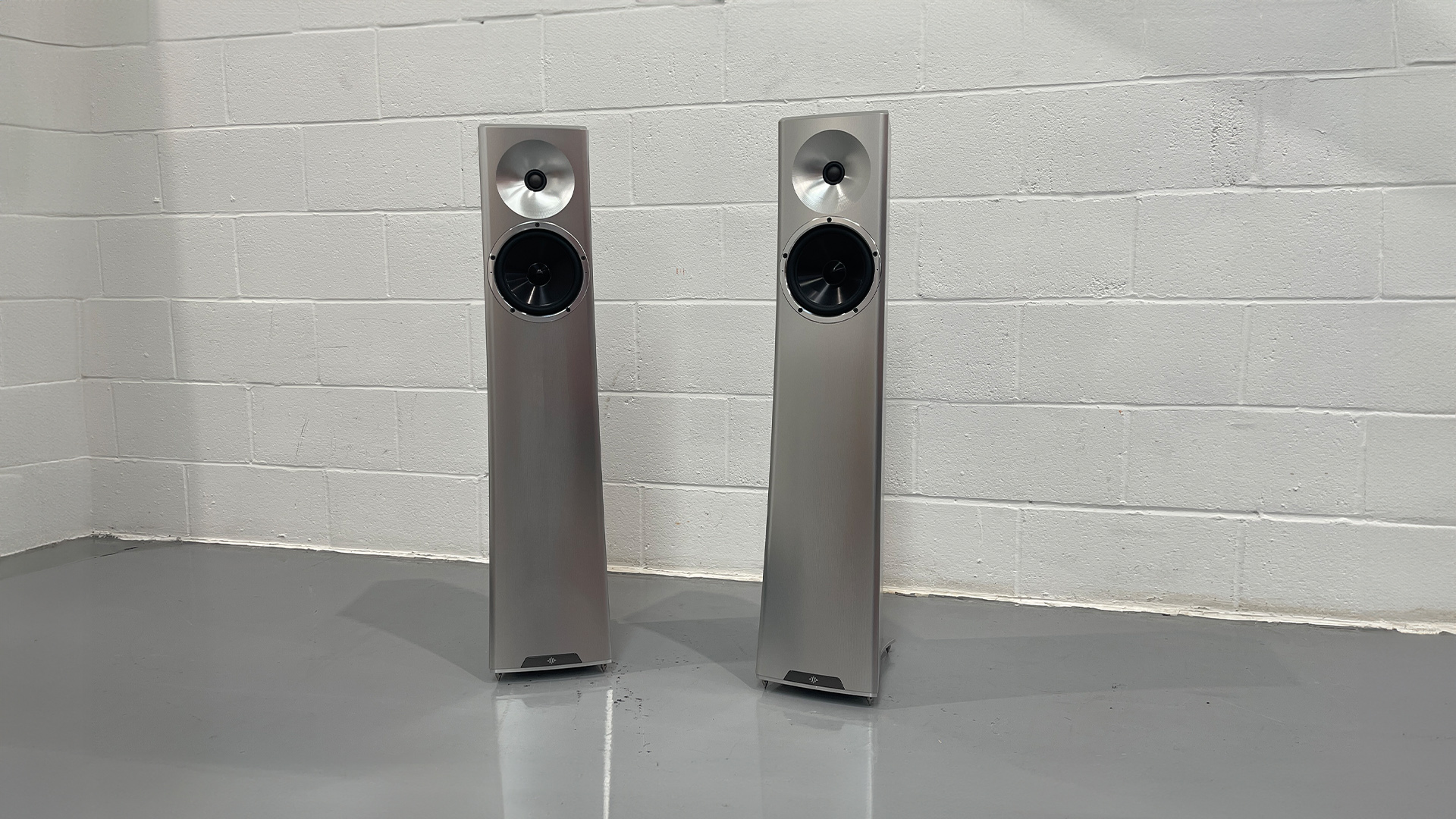
On paper, the Carmel 3 from Colorado-based speaker specialist YG Acoustics has a credibility problem. They cost a huge amount of money but are small, rather plain-looking two-way floorstanders. They certainly don’t grab the limelight in an area of the market where most rivals are significantly bigger and complexity is generally seen as a good thing. Yet, if there is one thing we have learnt over the years, it is that things should never be judged ‘on paper’, and that proves the case here.
Design & engineering
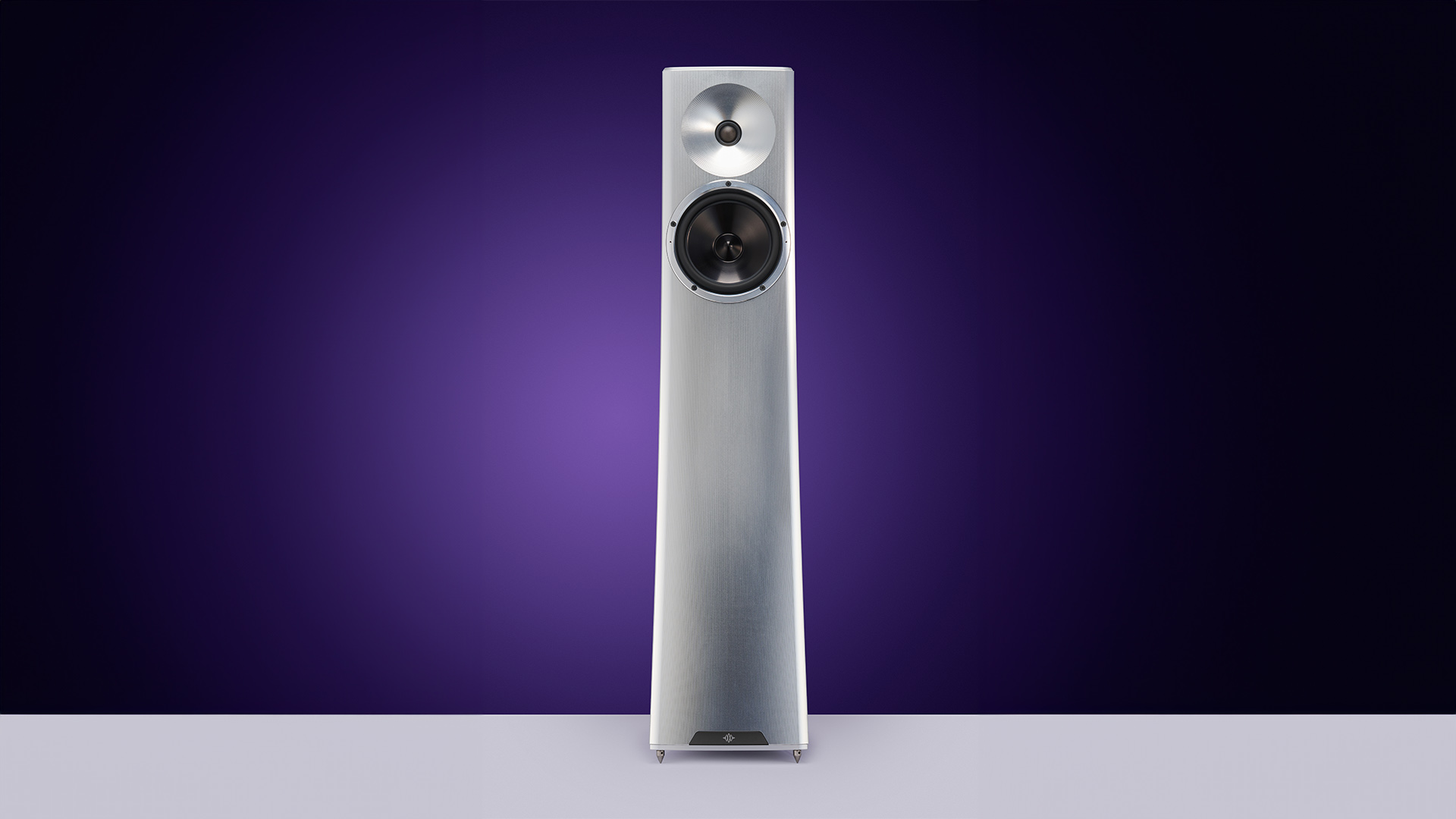
We tested the previous generation Carmel back in 2017 and it proved a hugely impressive performer. The headline differences between that and this latest generation are a change of tweeter and a completely revised crossover network. The new 26mm tweeter is cleverly engineered using a bonded alloy airframe to reinforce its fabric dome, adding rigidity without the penalty of too much mass. The aluminium alloy piece starts as an 80g billet and is machined into a lattice structure that weighs just 0.03g. All the machining is done in-house and to a precision that is claimed to be finer than 0.001mm. This hybrid design is claimed to deliver reduced distortion and improve dispersion to give a larger listening sweet spot.
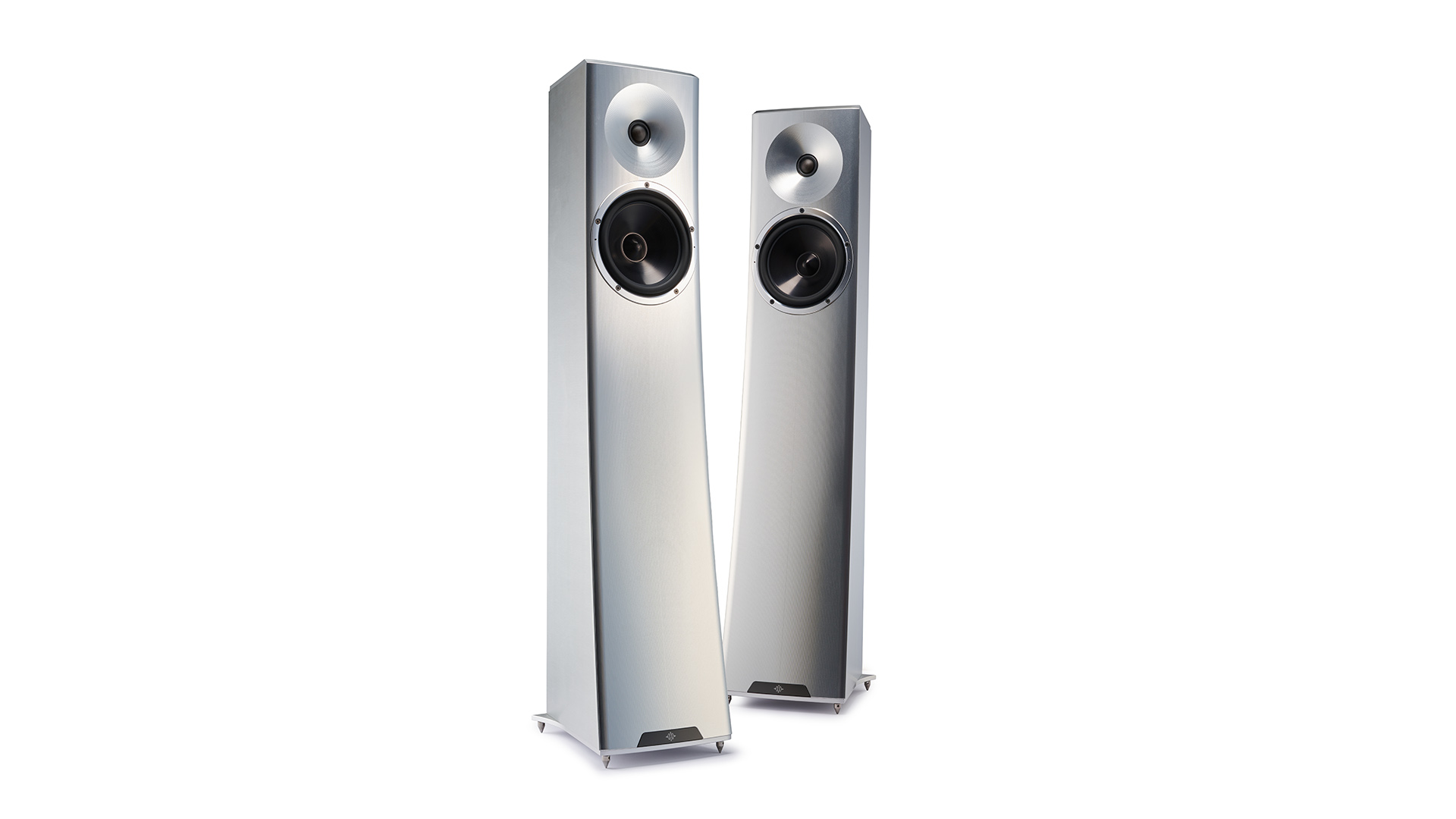
Type Floorstanders
Drive units 26mm Lattice dome tweeter, 18.5cm BilletCore mid/bass
Ported? No
Bi-wire? Yes
Impedance 6 ohms (min 3.2 ohms)
Sensitivity 87dB
Dimensions (hwd) 103 x 23 x 31cm
Weight 39kg
Finishes x 2 (black, silver), custom options available
The other significant change between the Carmel generations is the revised crossover design. This all-new network was designed using sophisticated simulation software and is claimed to optimise the amplitude response, phase and phase slopes between the two drive units. Unusually, YG has put some numbers on that, and they are impressive at +/- 5 degrees of relative phase between the drivers from 700Hz - 3.3kHz. The crossover point is set at a relatively low 1750Hz, which suggests that the tweeter has good reach at the lower end of its operating range. The advantages claimed for this complex crossover design are low levels of distortion along with excellent transient response and linearity.
At this high-end price level, you would expect high-quality crossover parts and you get that with custom-made metal foil capacitors, copper manganin foil resistors and resonance-damped inductors. Even the circuit layout is computer-optimised to minimise unwanted component interactions and the PCB (printed circuit board) itself is a custom-made, low-resonance design.
Build
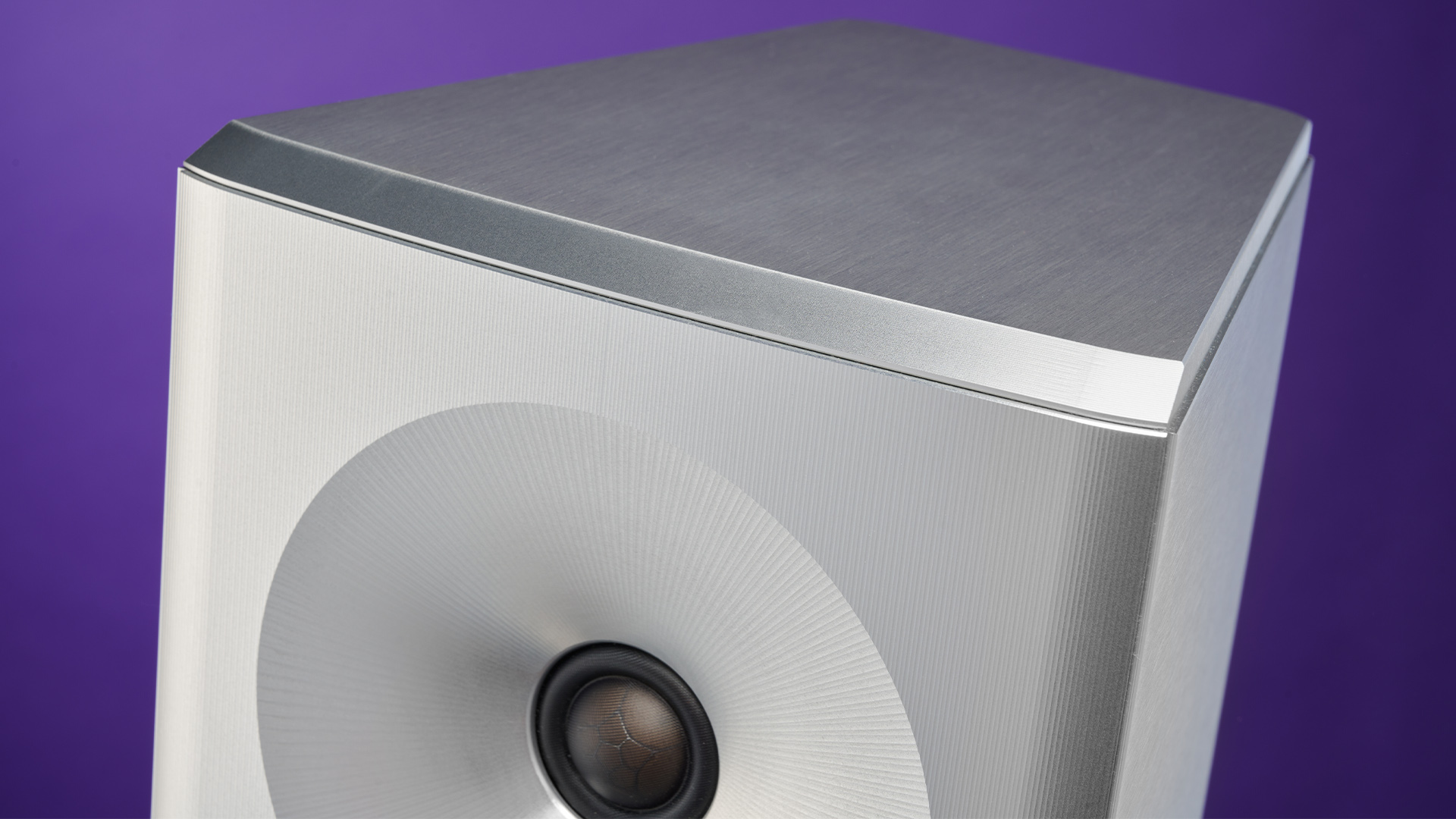
Elsewhere this third-generation Carmel seems much the same as its predecessor, though almost every part has been tweaked to optimise the performance. It has a 103cm tall sealed enclosure made of precision-machined aluminium alloy that’s up to 35mm thick in places. Internally, the cabinet is braced and strategically damped to minimise any resonances. A huge amount of work goes into that front baffle from the revised waveguide around the tweeter to the gentle curves across its surface. All the machining is done in-house and each cabinet takes around a day and a half to make, which goes some way to explaining the Carmel’s high price tag.
Each speaker weighs in at a hefty 39kg, so should be considered a two-person lift for safety. There are two standard finish options (black and silver), but it is possible to get the Carmel 3 in custom colours for a price premium. In the UK, that premium is a hefty £8800. It should be noted that the colour is applied through a specialised, multi-layer anodising process rather than just painting.
The speaker’s 18.5cm mid/bass unit is carried over from the last generation model, though even here there are refinements to the cone and motor system that push performance forward from the sample we heard back in 2017. This is a BilletCore driver, which refers to the fact that each 0.2mm thick, 10g diaphragm is machined from a solid 2kg billet of aircraft-grade aluminium. This extensive machining may seem like obsessive overkill when most rivals simply stamp their metal cones out from a flat sheet. But, YG claims that its approach avoids the microscopic stresses and irregularities of stamping, yielding greater uniformity and structural integrity to the diaphragm.
Compatibility
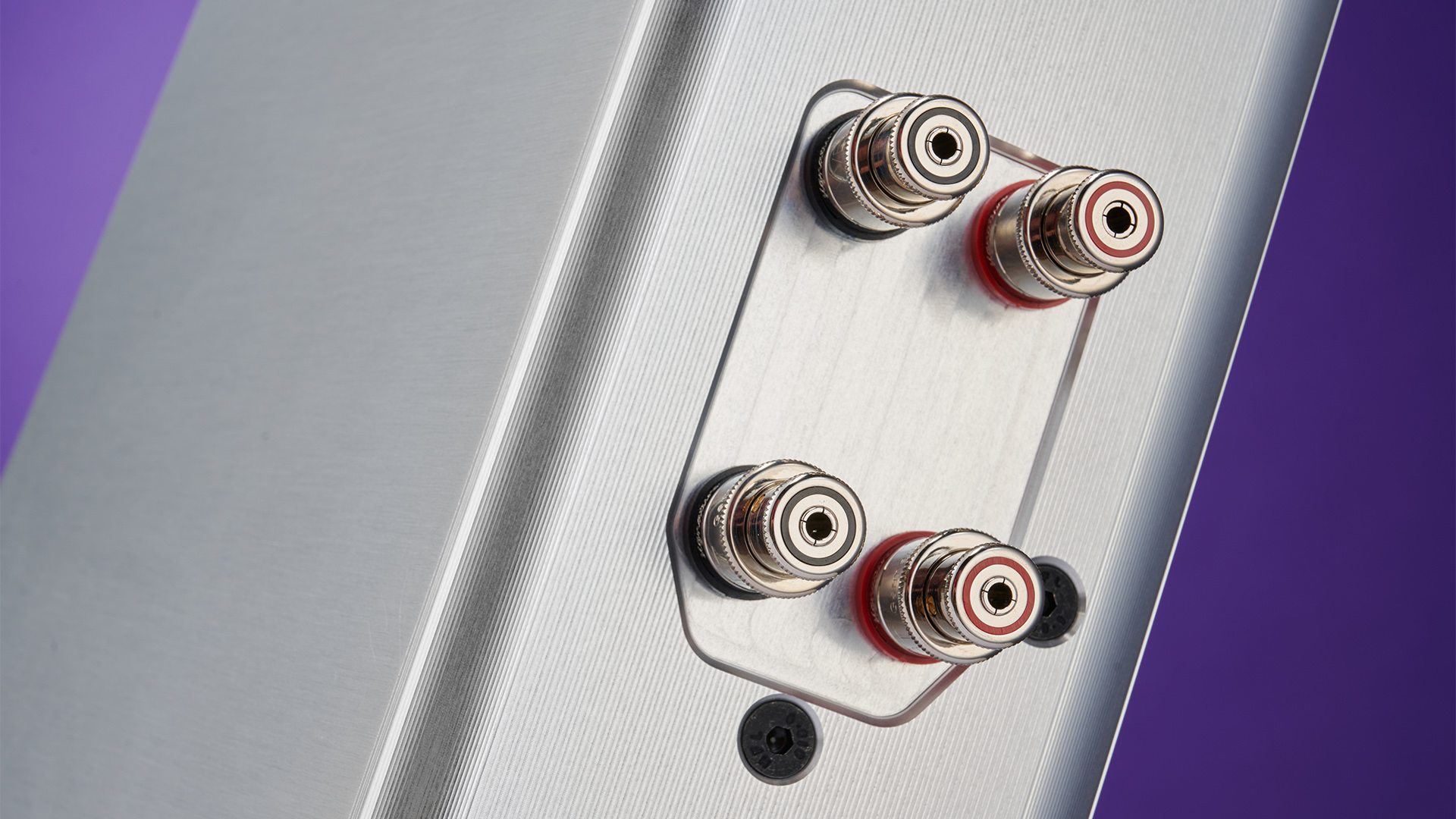
These compact towers are not particularly difficult to drive in electrical terms. The Carmel 3 has a claimed sensitivity of 87dB/W/m and a nominal impedance of 6 ohms (3.2ohm minimum). Any decent price-compatible amplifier should drive this without issue unless you are looking at one of the left-field, low-output valve designs available on the market. As good as some of these can sound, we would opt for something with plenty of muscle to get the best from these speakers. An amplifier with around 100 watts per channel into 8 ohms and the ability to get close to doubling that as impedance halves is a fair starting point.
It should go without saying that there is no point in trying to skimp on any part of your system if you want to get the best from these speakers. Our sources are Naim’s range-topping ND555/555 PS DR music streamer and an SME Model 20 Mk2/Series V/Ortofon Windfeld Ti MC record player feeding a Burmester 088/911 MkIII pre/power. Cables are premium offerings from Vertere Acoustics and Chord Company. We also try a pair of integrated amplifiers – PMC’s Cor and Naim’s Nait XS3 – to see see how the speakers react to more modest amplification.
These floorstanders don’t prove particularly fussy about positioning; those claims of wide dispersion from the tweeter and seamless integration ring true. The Carmel’s taut, well-controlled low-frequency performance doesn’t suffer much as we move it closer to the wall, but we do lose a little too much depth and openness from the stereo imaging for our liking. After a bit of playing around we settle on having the floorstanders around 80cm into the room, angled so that they cross about a metre or so behind the listening position. This placement gives a good balance between tonal balance and soundstage size and focus.
Sound
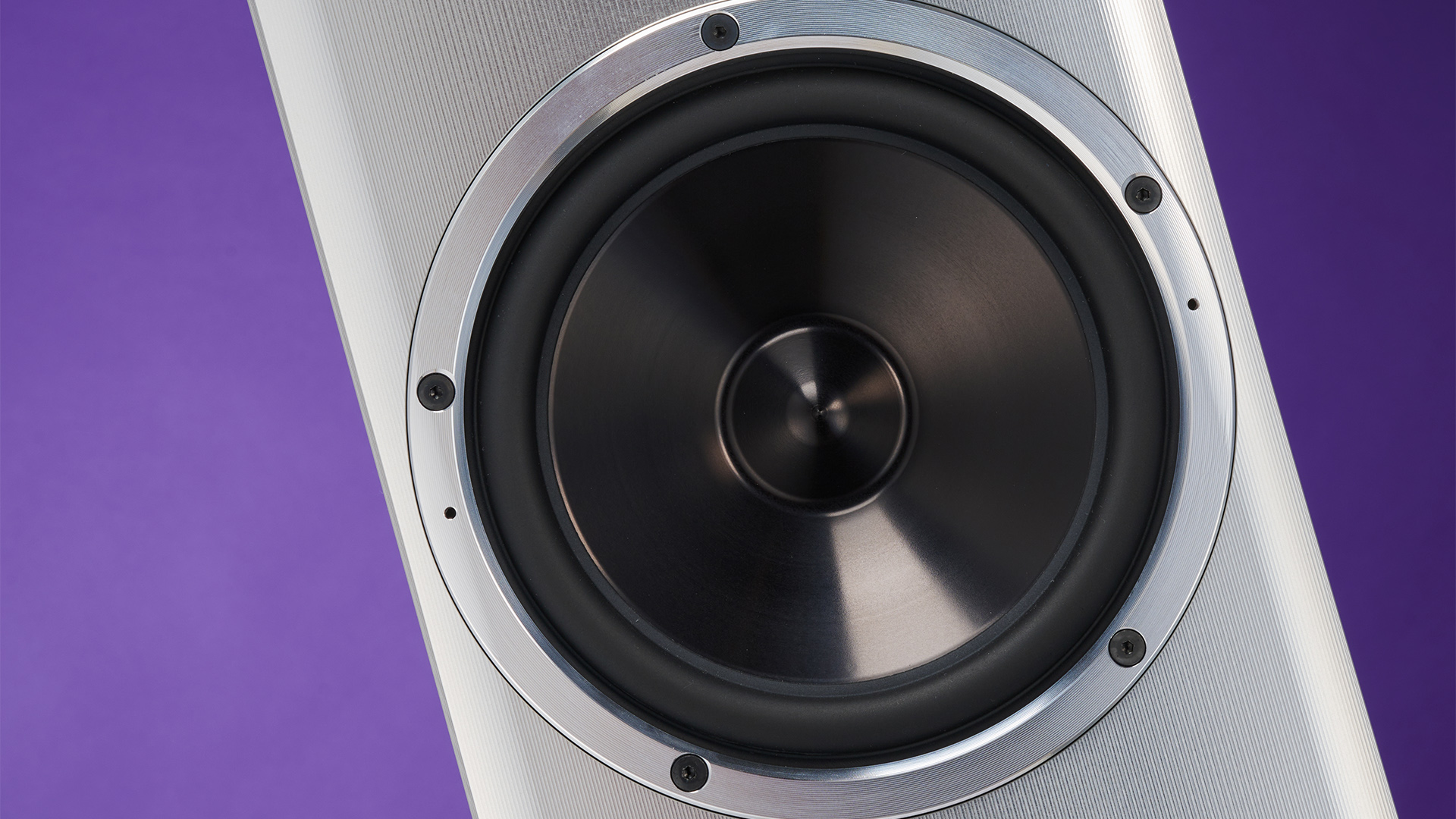
These are not speakers to judge on a quick listen. From cold, they sound hard and a little edgy. Given some time this trait calms down, but as with the previous generation model, these floorstanders are never particularly forgiving regarding system or recording quality. While that indicates a high level of transparency, there is also an undeniable fussiness that other similarly capable alternatives don’t have.
Listen to less-than-perfect recordings, Jay Z’s Blueprint 3 in our case, and rivals such as Wilson Benesch’s A.C.T 3Zero reveal at least as much as the Carmel 3, including the odd hard edge to sound, but don’t focus on it. The YG seem to want to highlight every deficiency rather than give a more balanced view of the recording.
Get past this trait and there remains so much to admire. For starters, the Carmel 3 are almost shocking punchy for their size. They thump out low notes with real venom and with a scarcely believable amount of muscle. These may be relatively small but the combination of ultra-rigid aluminium cabinet, highly developed drivers and carefully calibrated crossover results in a presentation of considerable authority. They have a sonic boldness that’s hugely appealing.
Play Jay Z’s Already Home, and these towers don’t hold back. The bass hits hard and true while the robust solidity at higher frequencies has to be admired. Rhythmic drive is surefooted, without quite sounding enthusiastic. But, it is still good enough to convey the hard-charging nature of the music well. Move away from the more muscular aspects of music replay and you will find that these speakers dig deep into the production and uncover plenty of detail. Importantly, all that information is organised with care to produce a cohesive and musical presentation.
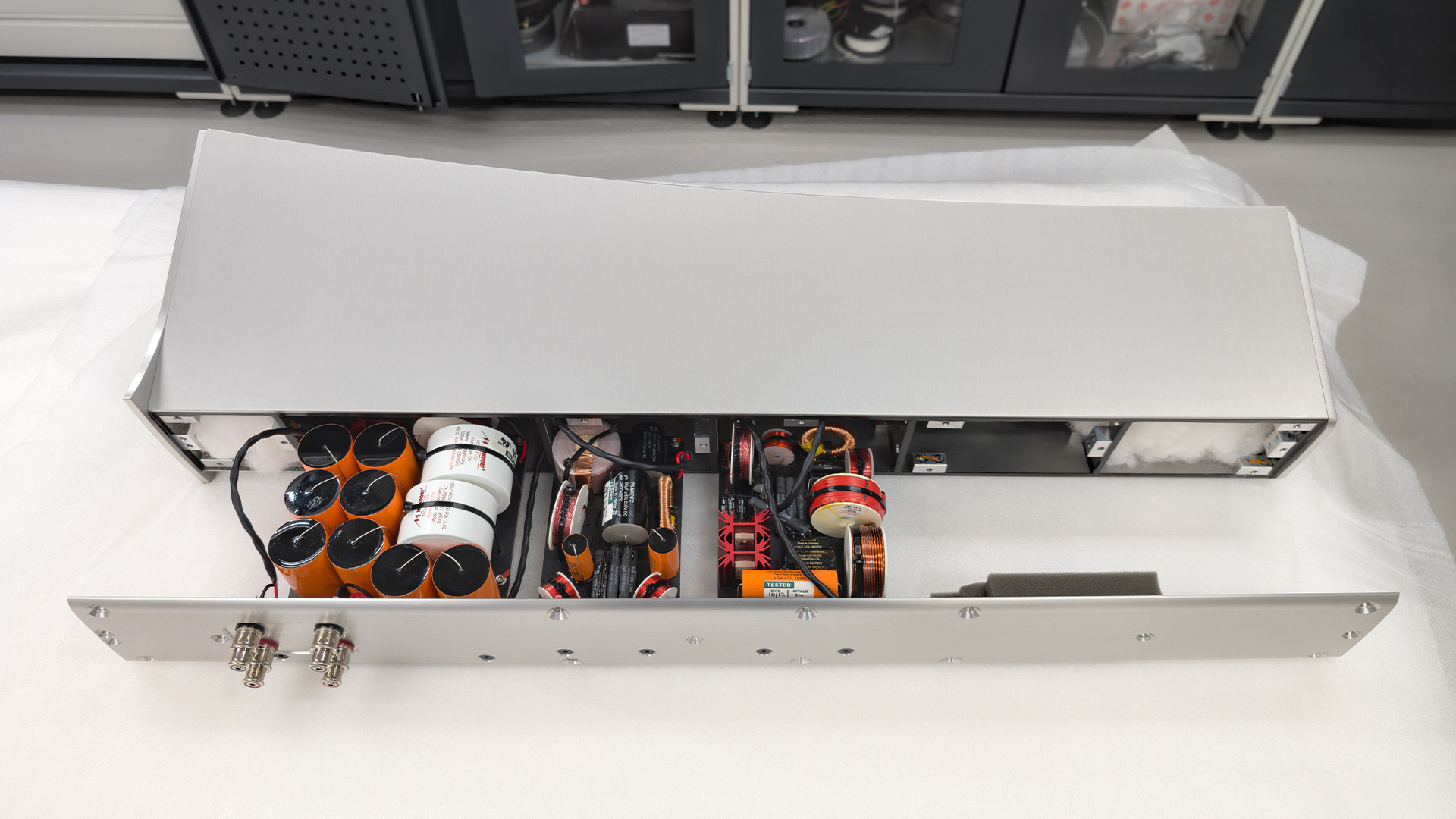
Tonally, they sound even. As we listen to Górecki’s Symphony No. 3 is hard not to be convinced by the clarity and faithfulness of the instrumental textures. These YG speakers sound impressively dynamic as the orchestral pressure builds and stay stress-free even when pushed hard. Our test room is reasonably sized at 3 x 7 x 5m (hwd) and they have no trouble filling it with sound at high volume. Unlike the previous generation model, this one manages to stay engaging at lower volume levels.
The Carmel 3 proves balanced enough to work well across a wide range of musical genres. They have the naturalness and dynamic stretch to deliver Bill Evan’s Everyone Digs… convincingly while dealing with Found Songs by Olafur Arnalds with the subtlety and nuance it deserves. Shift to Nick Cave’s Push The Sky Away and the YG’s explicit midrange comes to the fore, highlighting its ability to render voices with real substances and solidity. Here, the towers communicate the passion of Cave’s performance superbly, rendering his distinctive gravelly texture well.
Verdict
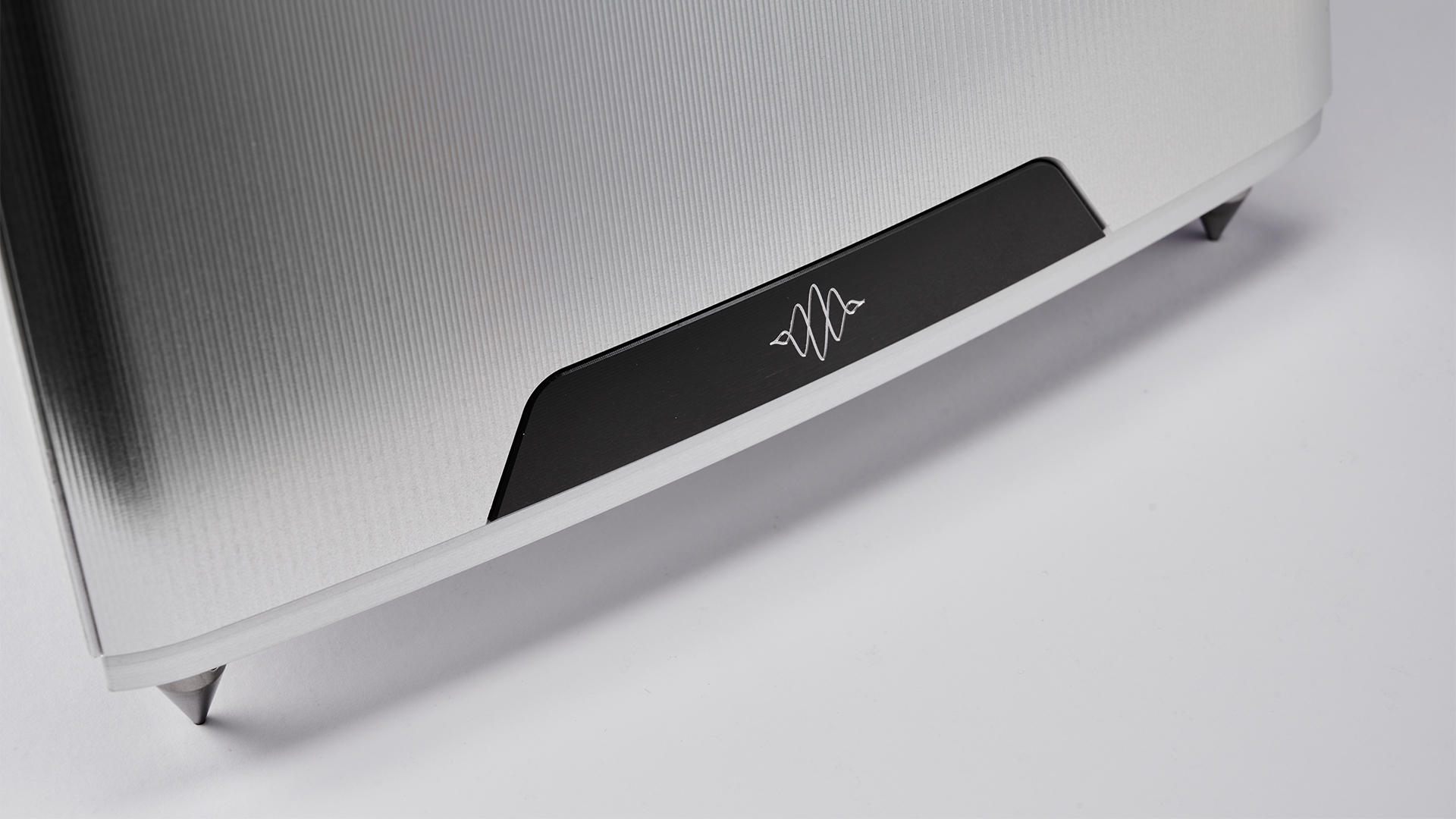
The YG Acoustics Carmel 3 are excellent speakers. They are small enough to fit comfortably in the small to medium spaces most UK households have, yet still have the sonic muscle to shine in larger rooms too. Their low-end reach and dynamic clout are exceptional for their size. There are so many things to praise, from the immaculate build quality to the ease of positioning, but watch out for their fussy nature.
If your music collection is packed full of immaculately engineered recordings then the Carmel 3 will serve you superbly. However if, like us, your collection is chosen on music rather than recording quality then it may be a bumpy ride, occasionally.
SCORES
- Sound 5
- Build 5
- Compatibility 3
MORE:
Read our review of the Wilson Benesch A.C.T. 3Zero
Also consider the ATC SCM50
Read our PMC Fact Fenestria review
Best floorstanding speakers: budget to premium tested by our experts







